Have you ever found yourself frantically searching for your cat, only to discover her squeezed behind the washing machine or curled up in a cardboard box? It’s almost comical how these mysterious creatures can vanish right before your eyes, only to reappear in the quirkiest of places. But behind every clever hiding spot lies a fascinating web of psychology, instincts, and emotions. Understanding why cats choose their favorite hideaways isn’t just about curiosity—it’s about connecting with their secret world and even deepening your bond. Ready to discover what’s really going on in that fluffy little head every time your cat disappears? Let’s explore the mind behind the whiskers.
The Ancient Instincts of Survival
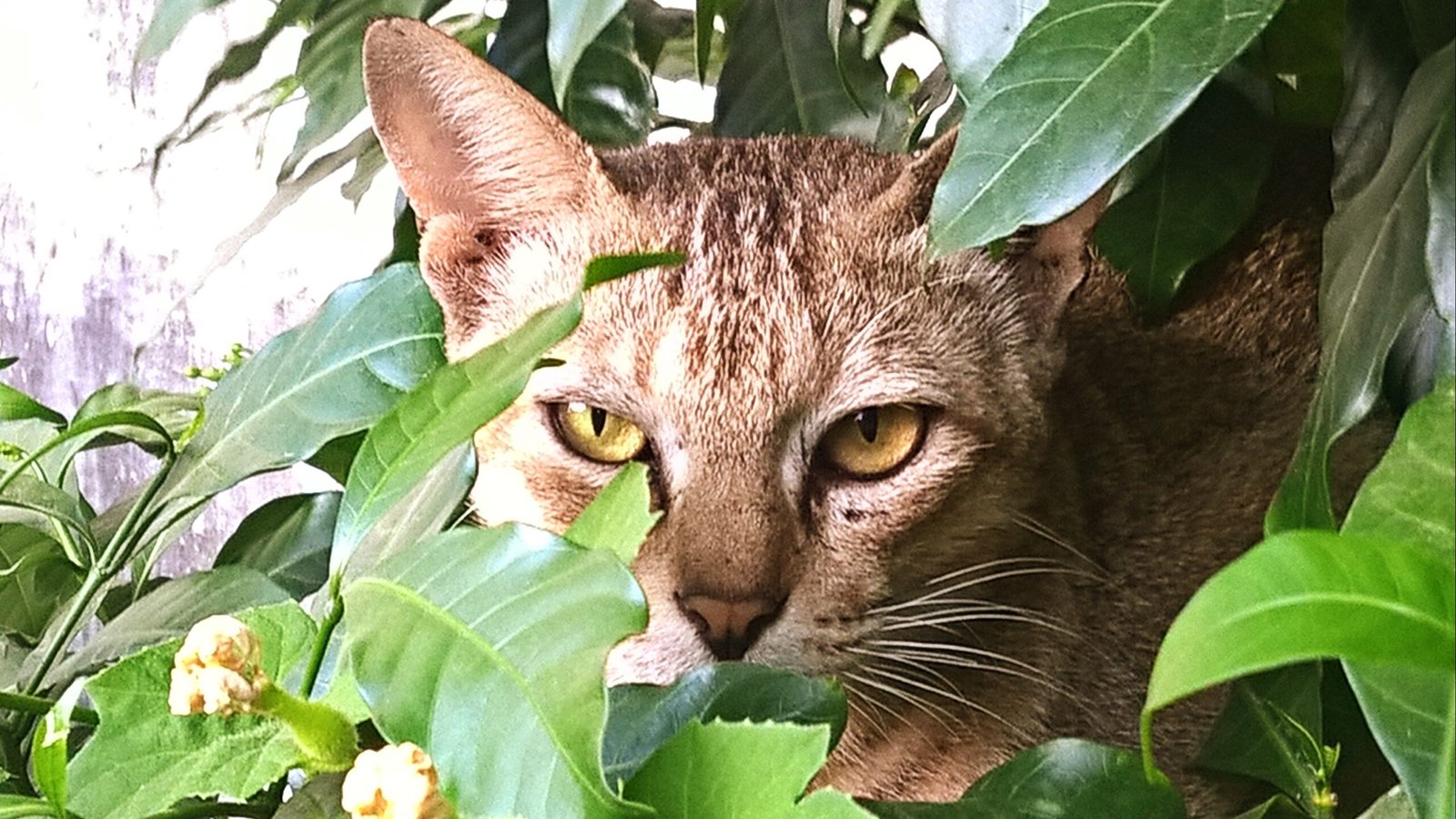
Every domestic cat carries the legacy of its wild ancestors—fierce hunters and clever survivors who depended on stealth and secrecy. Hiding is in their DNA. Long before felines became household companions, they needed to evade predators and stalk prey. A good hiding spot could mean the difference between life and death. Even today, when there’s no threat of a lion lurking in your kitchen, your cat’s brain still whispers, “Stay hidden. Stay safe.” It’s a powerful instinct that shapes where and how she chooses to disappear. Sometimes, when you catch your cat burrowed under a pile of laundry, you’re witnessing a glimpse of her ancient past.
The Allure of Safety and Security
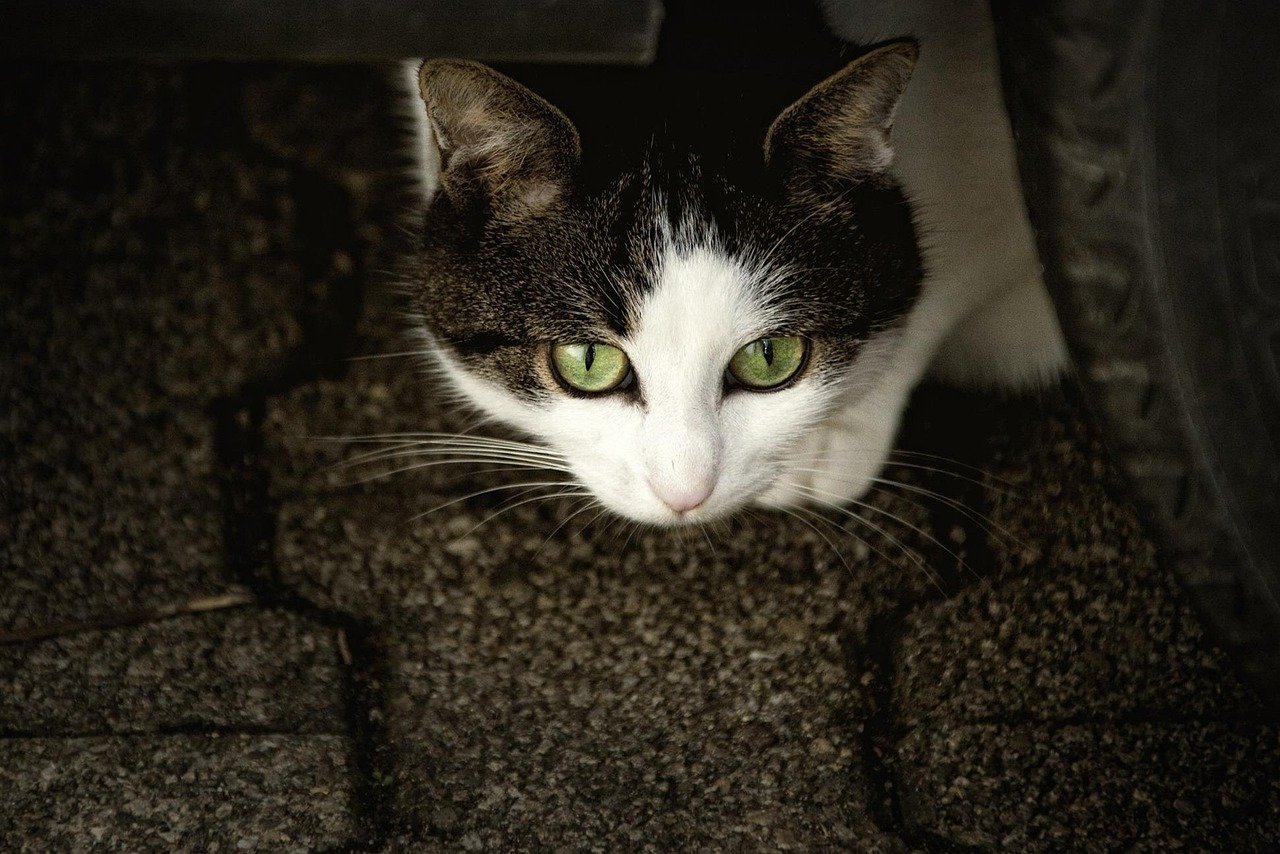
For cats, safety isn’t just a preference—it’s a necessity. Their small size and sensitive nature make them prone to feeling vulnerable. A hidden nook offers a comforting shield from the unpredictable world. Whether it’s a closet, under the bed, or inside a cardboard box, these spaces act like a fortress. The walls close in, muffling sounds and limiting visual stimuli, helping your cat feel protected from sudden noises, visitors, or other pets. Think of it as their personal panic room, a cozy retreat where nothing can reach them. This need for security often explains why new cats or kittens spend days hiding when first brought home.
The Role of Territory in Feline Behavior

Territory is everything to a cat. Unlike dogs, who seek out pack approval, cats are solitary by nature and fiercely protective of their turf. A well-chosen hiding spot becomes a cornerstone of their personal territory. It’s their private kingdom, marked by scent and memory. When your cat consistently picks the same spot, she’s declaring, “This is mine.” This behavior isn’t just about comfort; it’s about control and ownership. By carving out a secret space, your cat asserts her independence and claims a corner of the world as her own.
The Comfort of Familiar Scents
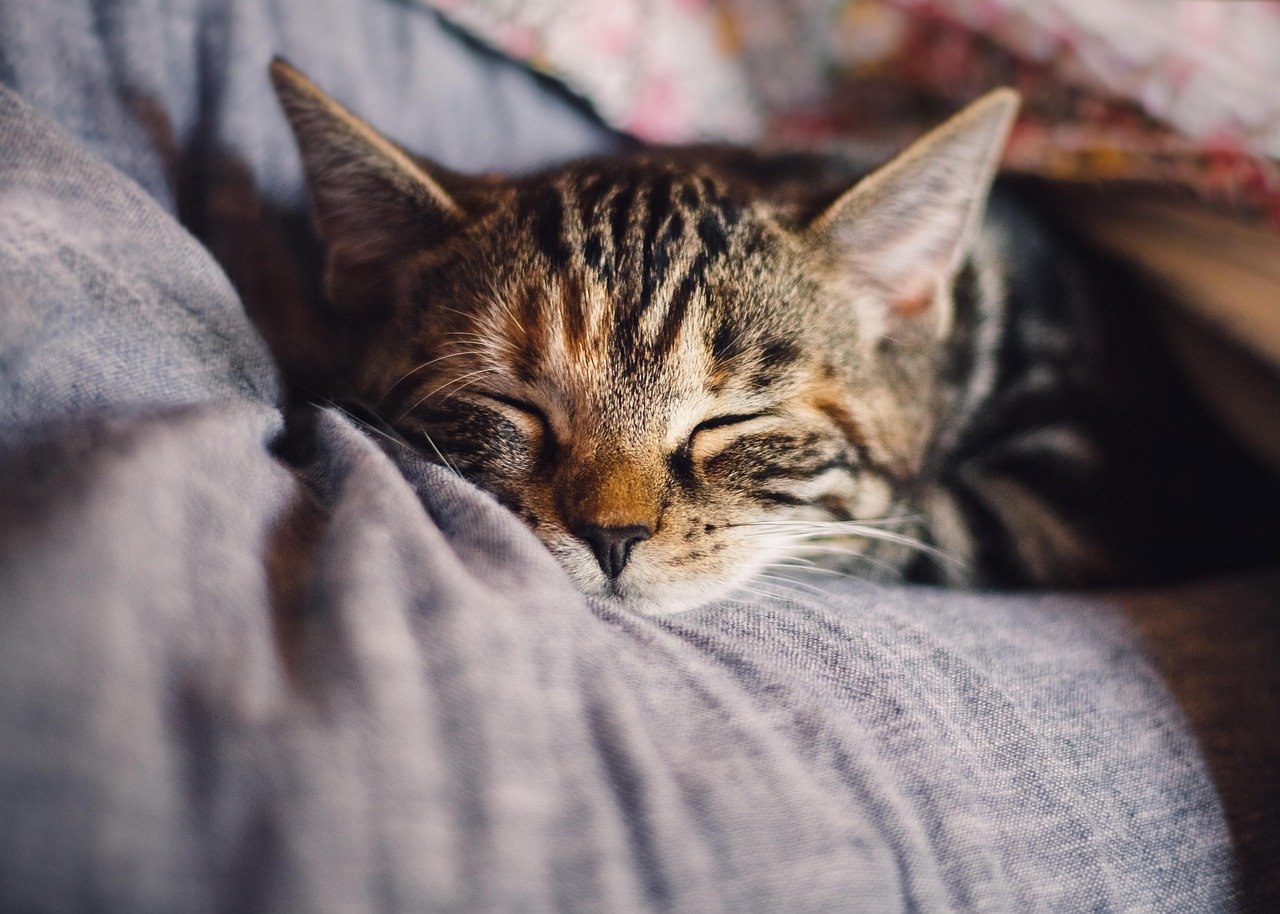
Cats experience the world through their noses. Scent is their language, and familiar smells bring immense comfort. When choosing a hiding spot, cats are drawn to places that smell like them—or, more specifically, like home. That’s why you’ll often find your cat nestled in your laundry basket or curled up on your favorite sweater. These items carry your scent, mingled with hers, creating a sensory blanket that soothes anxiety and reinforces her sense of belonging. In a way, your cat’s favorite hiding place is a love letter written in scent.
The Appeal of Enclosed Spaces

There’s a reason why cats go wild for boxes. Enclosed spaces offer a unique sense of security and privacy that open areas simply can’t match. When surrounded on all sides, a cat can relax, knowing there’s little chance of being ambushed. It’s like a child building a pillow fort—suddenly, the world seems smaller and more manageable. Veterinary behaviorists have even found that giving cats access to boxes can reduce stress, especially in new or chaotic environments. So, that obsession with tight spaces? It’s science, not stubbornness.
High Ground: Watching from Above

Many cats are drawn to elevated hiding spots—bookshelves, the top of the fridge, or the highest perch on a cat tree. From up high, they can observe their domain without being seen. It’s the perfect balance of safety and surveillance. High ground not only makes your cat feel secure but also satisfies her curiosity. She can keep tabs on household happenings, monitor threats, and decide when it’s safe to descend. For a cat, being up high is empowering—a reminder that she’s the queen of her castle.
The Impact of Household Dynamics

Every home has its own rhythm and set of characters, and these dynamics heavily influence where your cat chooses to hide. Loud noises, energetic children, or other pets can drive a cat to seek solitude. Sometimes, a hiding spot becomes a sanctuary from a dog’s wagging tail or a toddler’s grabby hands. Changes in the household, like moving furniture or welcoming a new baby, can send your cat searching for a new refuge. Understanding your cat’s hiding habits can offer insight into her stress levels and help you create a more harmonious environment.
The Influence of Health and Age
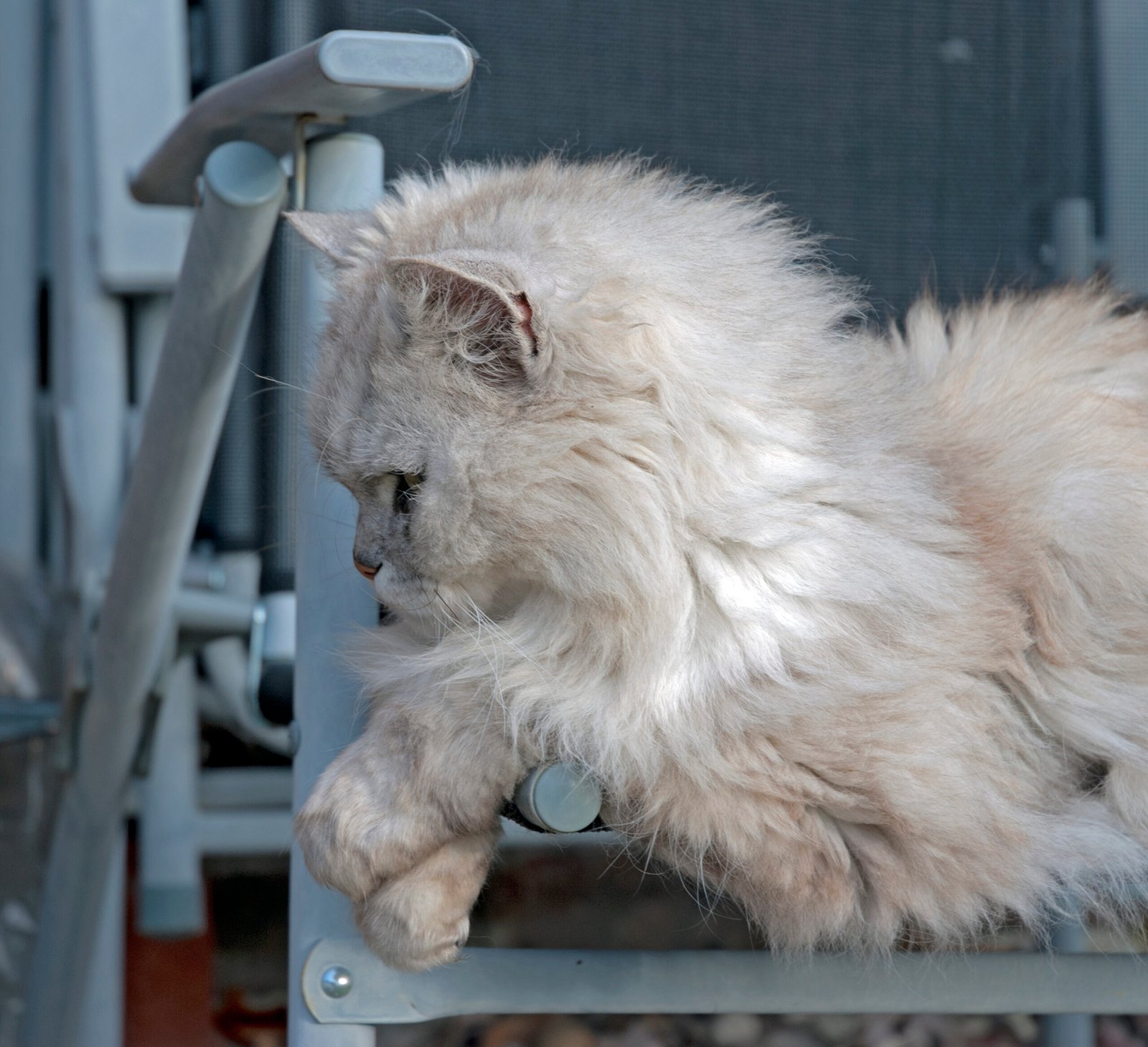
A sudden change in your cat’s hiding behavior can signal health issues. Older cats, especially those with arthritis or declining senses, may seek out quieter, softer locations. Illness or pain often drives cats to hide more than usual—an instinctive way to protect themselves when they feel weak. If your normally outgoing cat suddenly becomes a recluse, it’s worth investigating further. Sometimes, their favorite spot isn’t just a comfort zone, but a silent cry for help.
The Need for Alone Time

Cats, much like people, sometimes just need a break. Solitude allows them to recharge and decompress. After a busy day of playing, exploring, or socializing, retreating to a quiet nook helps them process their surroundings. This need for alone time is especially strong after stressful events or changes in routine. Imagine how you feel after a long day—sometimes, all you want is a quiet room and a soft bed. Your cat feels the same, and her hiding spot is her version of a spa day.
Stress and Anxiety Triggers

Just like humans, cats are sensitive to stress. Loud noises, unfamiliar guests, or even a change in litter brand can trigger anxiety. When overwhelmed, cats seek out their favorite hiding spots to regain a sense of control. This coping mechanism helps them regulate their emotions and feel safe. If your cat is hiding more than usual, it’s worth considering what might be causing her distress. A little extra understanding can go a long way in helping her feel secure.
Socialization and Early Experiences

A cat’s early life plays a huge role in shaping her hiding habits. Kittens raised in noisy or chaotic environments may grow up to be more cautious and prone to hiding. On the flip side, well-socialized kittens who experience gentle handling are often more confident and adventurous. Early trauma or neglect can leave lasting scars, making a safe hiding spot essential for comfort. If you’ve adopted a shy or formerly stray cat, patience and gentle encouragement can help her feel secure enough to come out of hiding.
The Temptation of Warmth

Cats are natural heat seekers. You’ll often find them tucked away near radiators, sunny windowsills, or even atop warm electronics. Warmth is soothing and helps relax their muscles, making these spots especially appealing. In colder months, your cat’s favorite hiding place may shift to wherever the heat is strongest. It’s not just about comfort—it’s a clever way to conserve energy and stay cozy.
The Mystery of Novelty
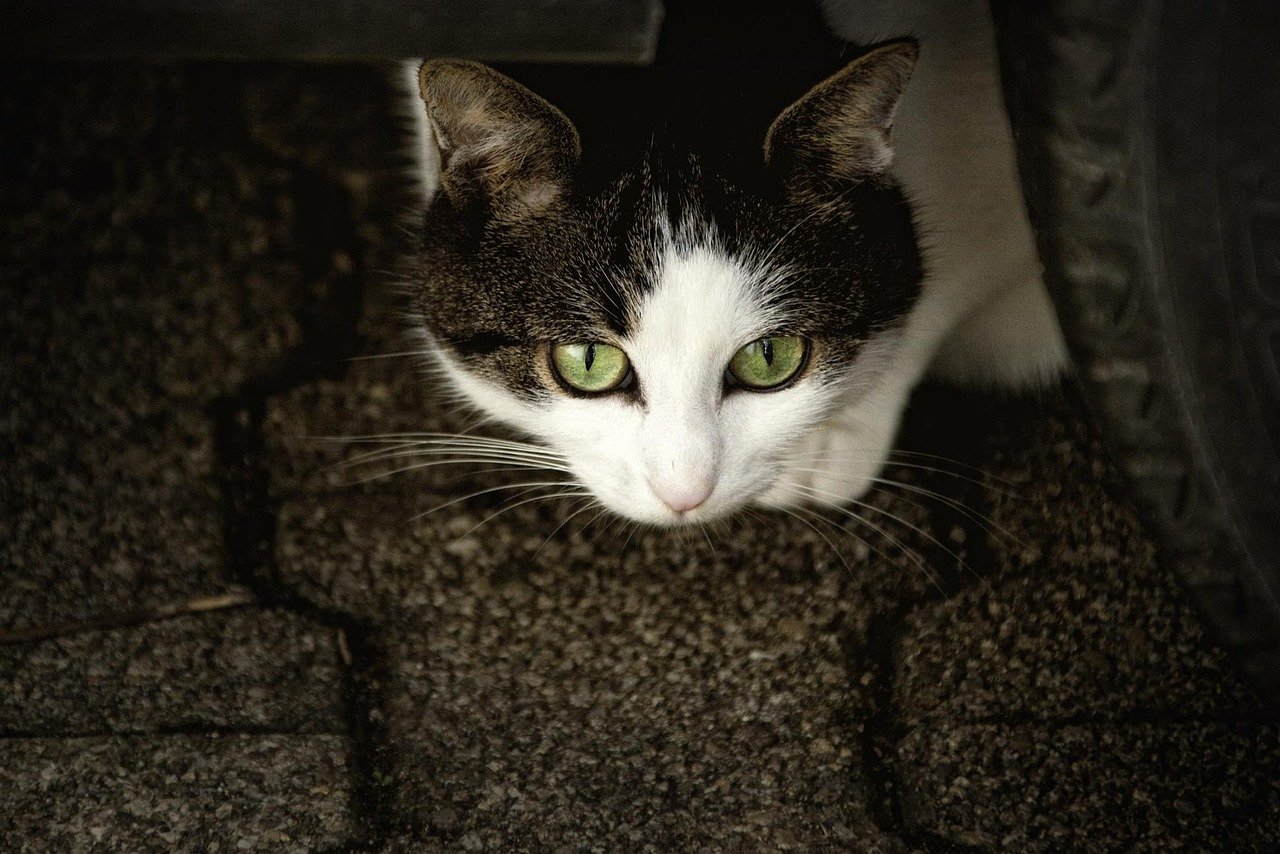
Cats are endlessly curious creatures. Sometimes, the allure of a new hiding spot is simply the thrill of discovery. A recently moved box, a newly opened closet, or even a forgotten grocery bag can spark your cat’s sense of adventure. Exploring these spaces satisfies her curiosity and keeps her mentally stimulated. For some cats, changing up hiding spots is a way to keep life interesting—a bit like choosing a new favorite café every week.
The Power of Habit and Routine

Cats thrive on routine. Their favorite hiding spot often becomes a reliable part of their daily rhythm. Whether it’s a morning nap in the closet or an evening retreat under the bed, these rituals offer structure and predictability. When life feels overwhelming, returning to a familiar spot is grounding. Over time, these habits become comforting traditions—a silent anchor in a busy world.
The Influence of Personality

Not all cats are created equal. Some are bold explorers, while others are shy homebodies. A cat’s personality traits play a big role in her choice of hiding spots. Confident cats may favor high, open perches, while timid ones stick to low, sheltered nooks. Understanding your cat’s individual quirks can help you respect her boundaries and create spaces that suit her temperament.
Multi-Cat Households and Competition

In homes with more than one cat, hiding spots take on new importance. They’re not just safe havens, but also tools for managing social dynamics. Dominant cats may claim the best spots, forcing others to seek out less obvious refuges. Sometimes, you’ll see a game of musical chairs as cats compete for the comfiest territory. Providing plenty of options can help reduce tension and keep the peace.
Weather and Environmental Factors
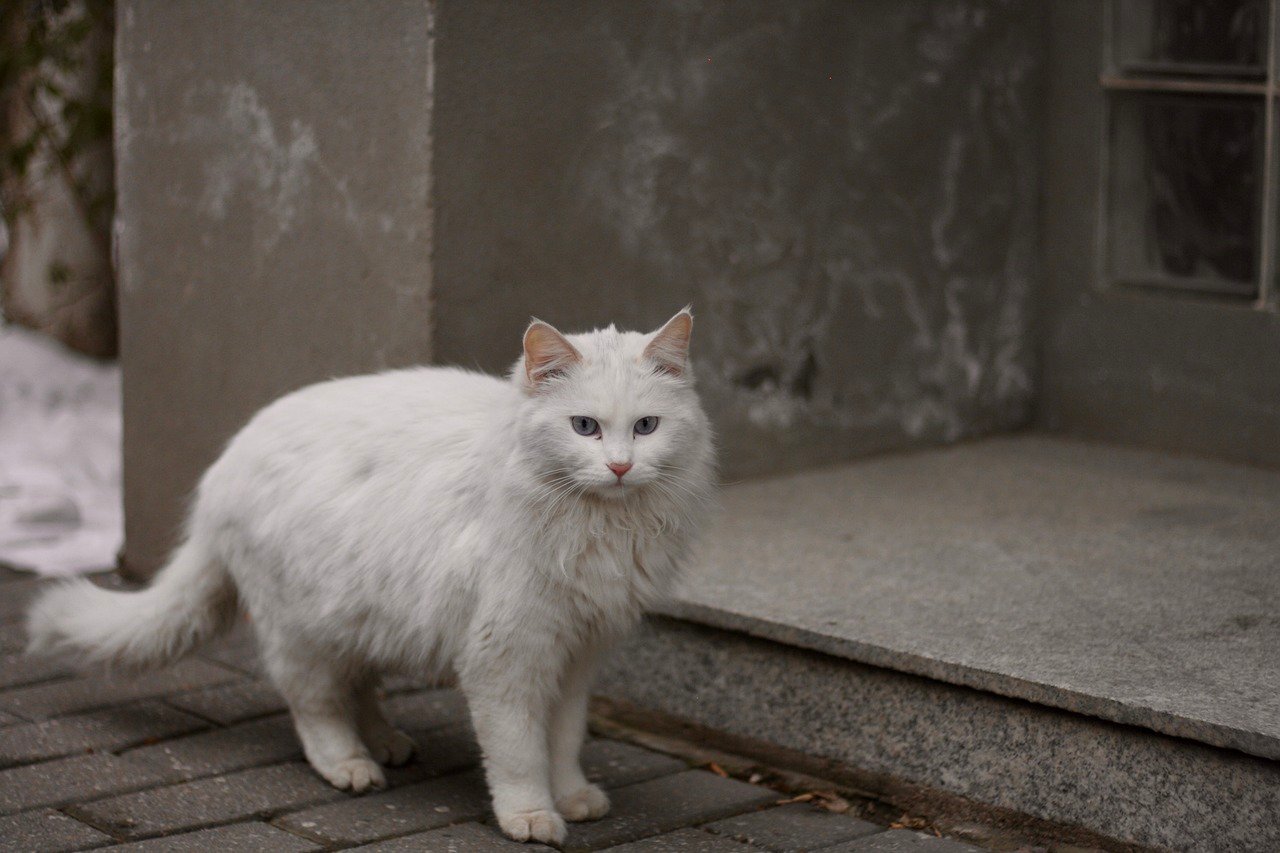
Cats are incredibly attuned to their environment. Changes in weather—like thunderstorms, heavy rain, or sudden cold snaps—can influence where they choose to hide. Storms may send your cat scrambling for the deepest, darkest corner, while sunny days draw her to window perches. Environmental factors like loud construction noises or even fireworks can have a similar effect. Being mindful of these triggers can help you anticipate your cat’s needs.
The Role of Play and Exploration

Sometimes, a hiding spot isn’t just about safety—it’s a launchpad for play. Cats love to stalk, pounce, and ambush from secret positions. That cardboard box in the living room isn’t just a retreat; it’s also a stage for imaginary hunts. Playful hiding helps cats practice their hunting skills and release pent-up energy. For kittens and young cats, turning a hiding spot into a playground is all part of the fun.
The Comfort of Darkness

Darkness is a cat’s best friend. Dim, shadowy spaces offer extra security, reducing the risk of being spotted by predators—or nosy humans. Many cats prefer to nap in places where the light is low and the world feels far away. Darkness helps them relax and sleep more soundly. If your cat seeks out the darkest corners of your home, she’s simply following her instincts to rest in peace.
Owner Reactions and Reinforcement
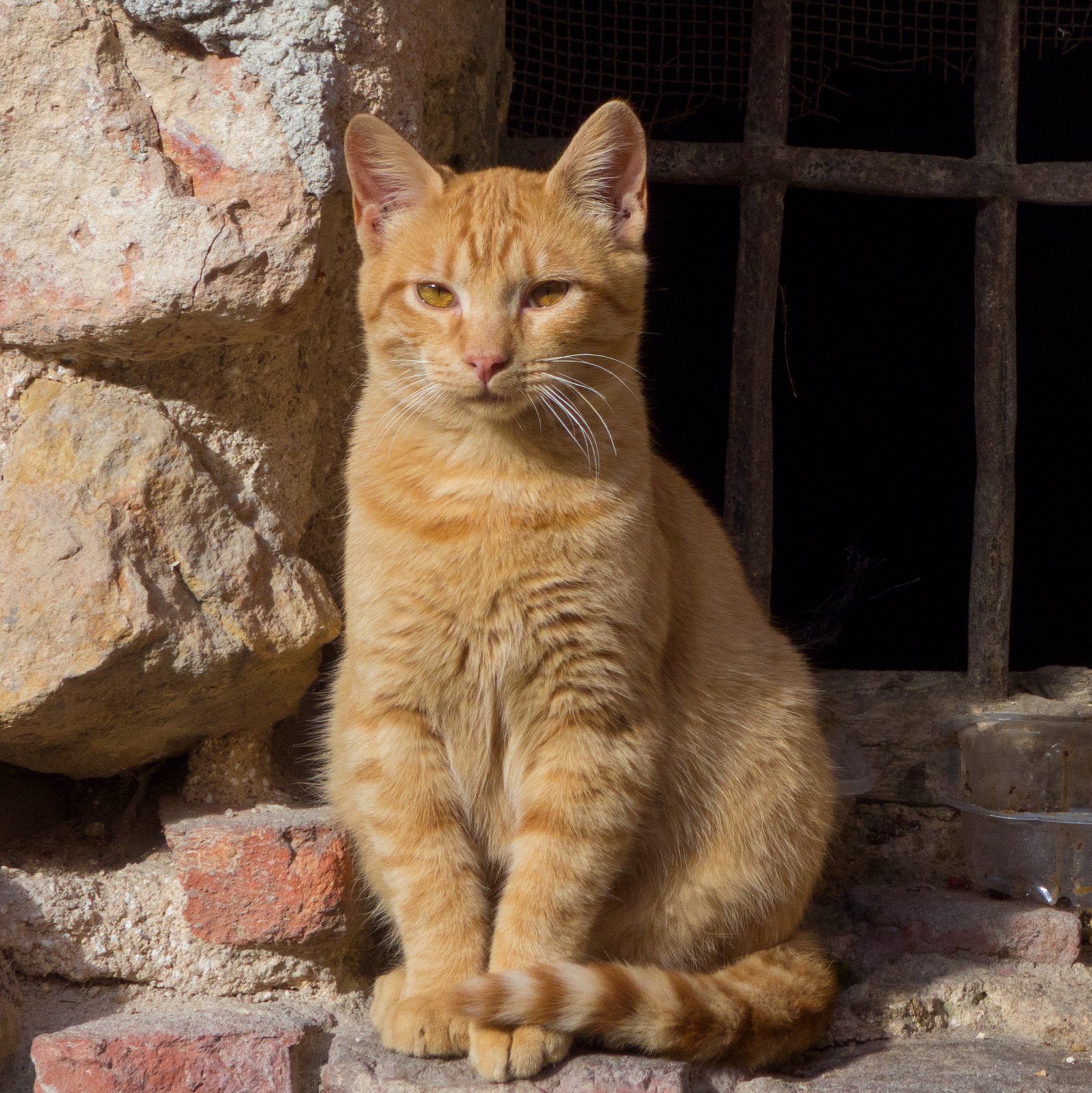
Believe it or not, your own behavior can shape your cat’s hiding habits. If you always find and comfort your cat in the same spot, she may learn that it’s a safe place to retreat. On the other hand, if you disturb her hiding time, she might seek out more elusive locations. Positive reinforcement—like leaving treats or toys near her favorite spot—can help her feel even more at home. Paying attention to your cat’s cues is key to building trust and understanding.
The Ever-Changing Nature of Cat Psychology

A cat’s favorite hiding spot isn’t set in stone. As she ages, her preferences may evolve. New experiences, changes in health, or shifts in the household can all prompt her to seek out new sanctuaries. The psychology behind these choices is a blend of instinct, emotion, and environment—a beautiful mystery that keeps cat lovers guessing. Each hiding spot tells a story, woven from your cat’s unique journey through life.
Hi, I’m Bola, a passionate writer and creative strategist with a knack for crafting compelling content that educates, inspires, and connects. Over the years, I’ve honed my skills across various writing fields, including content creation, copywriting, online course development, and video scriptwriting.
When I’m not at my desk, you’ll find me exploring new ideas, reading books, or brainstorming creative ways to solve challenges. I believe that words have the power to transform, and I’m here to help you leverage that power for success.
Thanks for stopping by, Keep coming to this website to checkout new articles form me. You’d always love it!






